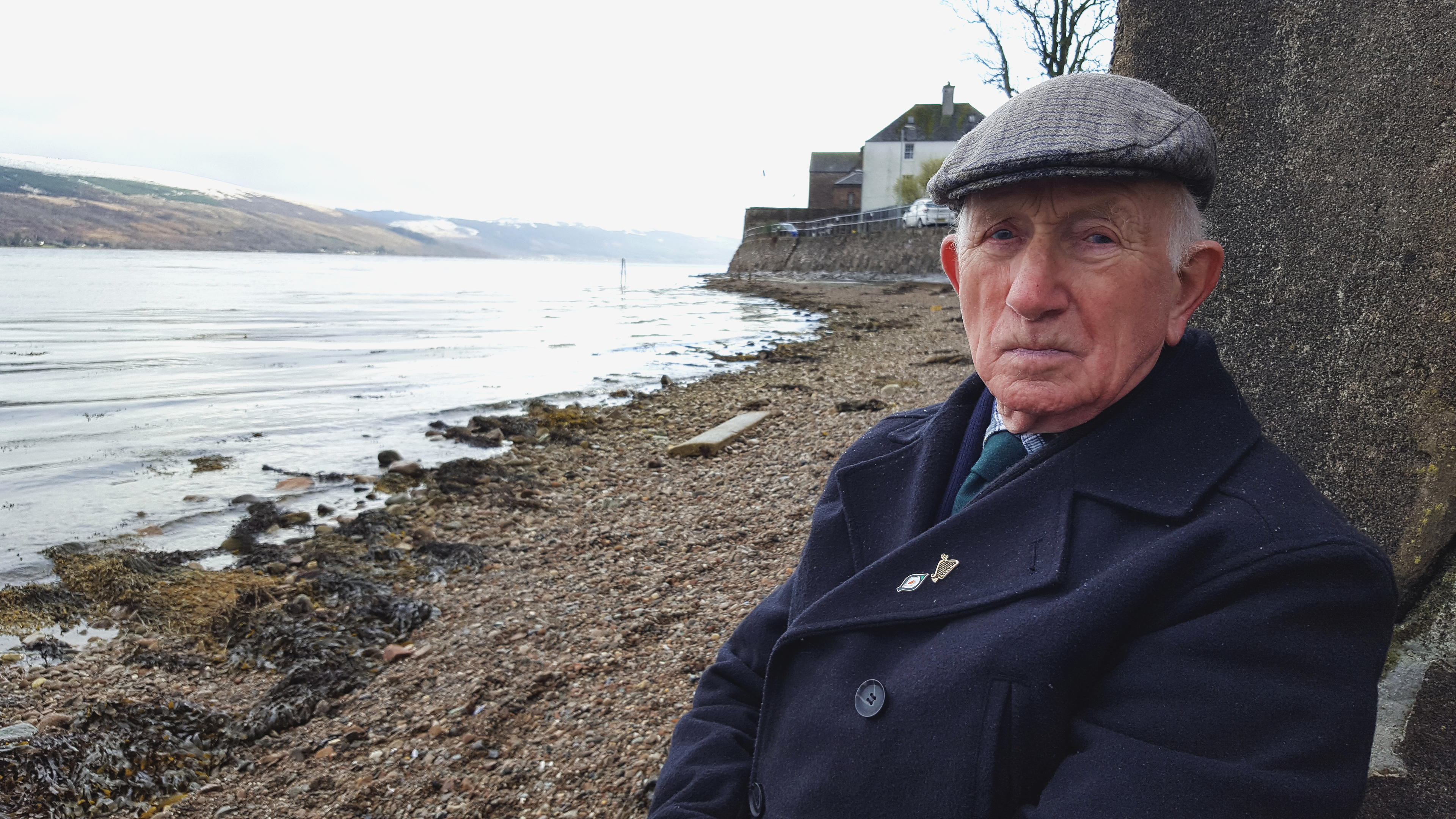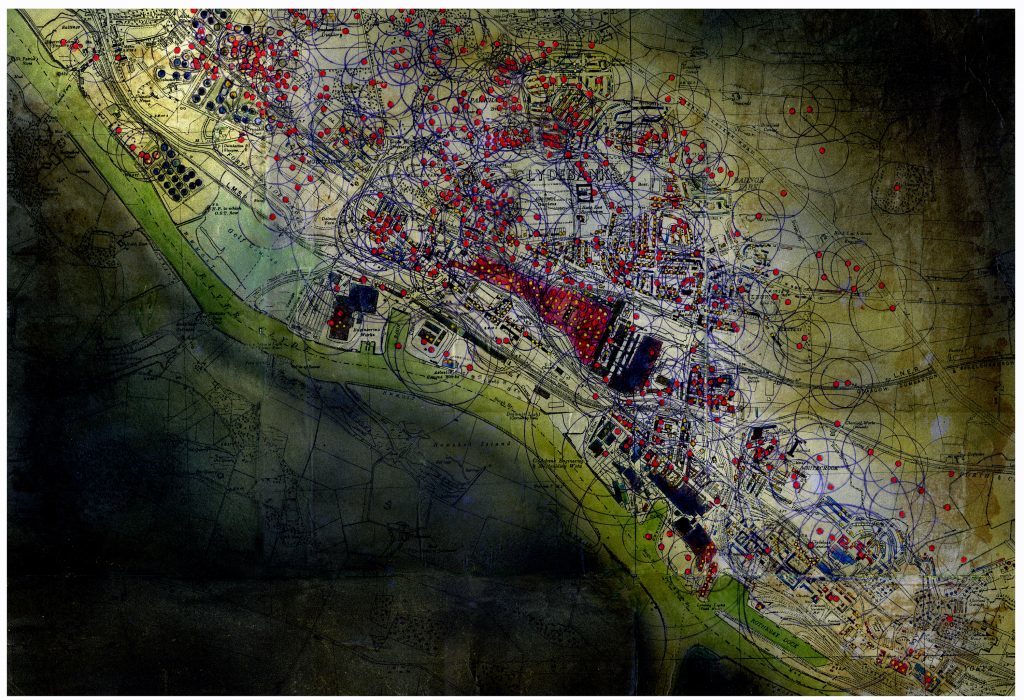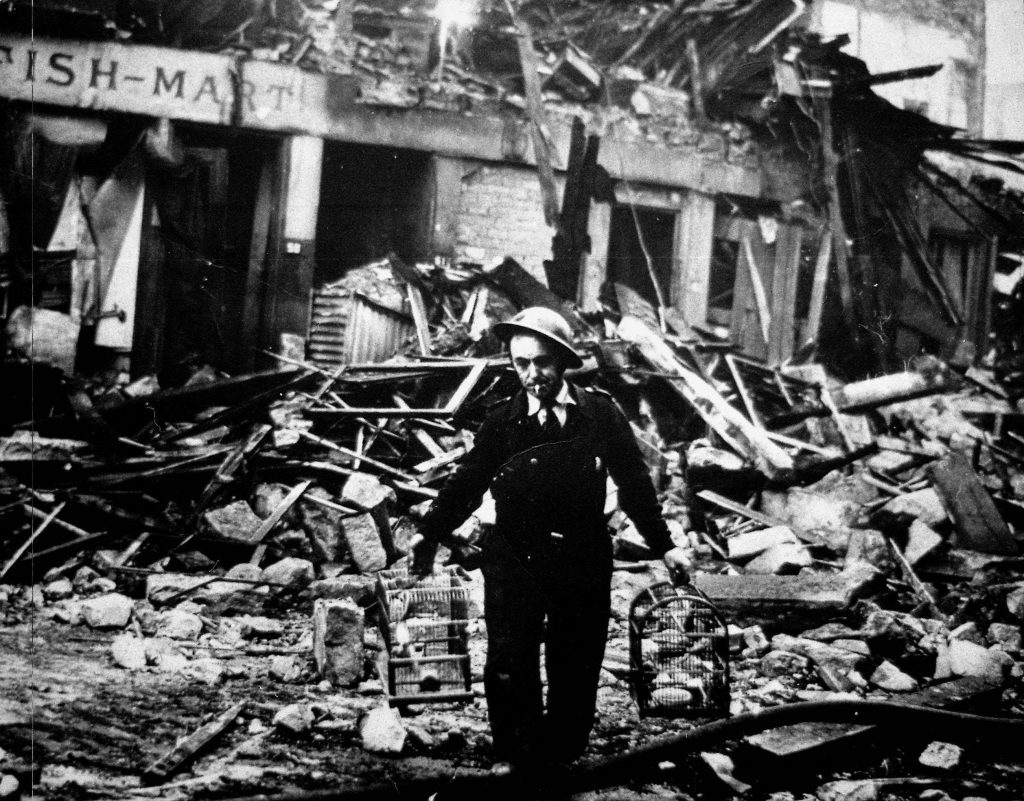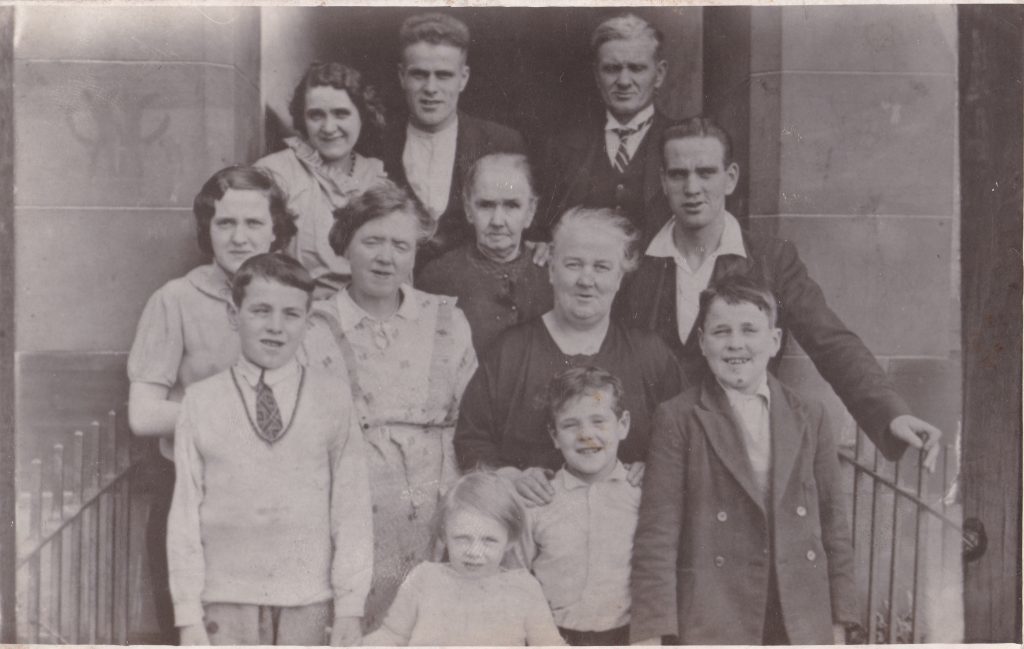
THEY call it Bomb 187 now but on the evening of March 13, 1941, it had no number.
It was just one of the bombs raining on Clydebank, killing more than 500 and damaging all but seven of 12,000 homes.
But it was 187 that fell on the tenement at 78 Jellicoe Street and 187 that took 31 lives, including 15 members of one family, the Rocks.
Brendan Kelly, 85, who lived at number 60, remembers every detail of the night, and cannot forget the last time he saw his best friend Tommy Rocks.
He said: “I was sitting at the close with my best pal after playing on the pitch at the end of the street.
“There was a beautiful moon and I remember Tommy looking up and saying ‘If the Jerries come over tonight, they can’t miss’.”
“I was sitting by the fire, my father smoking his pipe and my mother at a neighbour who was knitting a pullover for me, when the sirens went off.”
Brendan, who later followed his dad in working at the John Brown shipyard that was targeted by 200-plus Luftwaffe bombers, said: “There was a cellar and my mother told my father and brothers to get the neighbours down to shelter there.
“It got worse, with the skylight smashed by the bombing, and my father said we’d better get out into the shelters out the back.
“We’d planks for seats and any old junk for the door and we could hear the screeching of bombs further away.
“Then all of a sudden, with no sound of an explosion, the earth shook and there was a sucking sound.
“Women were screaming as rubble crashed on to the roof but my father said to stay in, it was the building that had been hit, not the shelter.
“He was peeking out every now and then, and when he looked after that blast he said that what we called Rocks’ corner was down to the ground.
“My mother said she hoped they’d got out, but they didn’t.”
It may have been 76 years ago but Brendan’s memory is clear.
His story is featured in a BBC documentary this week which details the bombs that fell on Clydebank, pinpointing scores of dots on a map charting where they fell.
The tragedy at 78 Jellicoe Street was one of the biggest losses of life for a single family anywhere in Britain during the eight-month Blitz that saw 450,000 bombs fall.
When Brendan came out of the shelter, the street where he’d spent so many hours happily playing was a rubble-strewn bombsite. Sacks of bodies lay everywhere as friends and family desperately tore at the piles of bricks, hoping for good news where there was none.
Another raid was to hit the following night, Friday 14th, as war came to the streets of Scotland.
Two thirds of Clydebank’s 60,000-strong population were evacuated to safety, in Brendan’s case 60 miles away to Furnace on Loch Fyne.
But by the Monday morning, walking, hitching and finding any possible public transport, he and thousands others were back at John Brown’s, working on the ships so vital for the war effort.
Brendan remained in Clydebank and frequently revisits Jellicoe Street, rebuilt but with his old block remarkably still standing. “A part of Clydebank was lost that has never returned,” he said.
“I don’t let it rule my life but I still look back on it with sadness.
“Tommy was a really jovial guy who used to come up our close singing in the morning and I never got to see what sort of man he would have shaped up to be.
“My wife says it’s nice that the street was rebuilt and life came back, but as far as I’m concerned life will never come back to that street.”
While Clydebank suffered terrible devastation at the hands of Nazi bombers, it was not the only Scots target.
Greenock was also the victim of a two-night blitz, in May 1941. Those raids claimed 250 lives.
There were more than 500 Luftwaffe raids over Scotland during the Second World War and 2500 people died.
Despite being the largest city, Glasgow was bombed 11 times, compared with Edinburgh which was attacked 18 times and Aberdeen which had 24 raids.
But little Peterhead actually witnessed the greatest number of raids, 28. According to Les Taylor’s book Luftwaffe Over Scotland, that was because it was the first population centre the Germans saw when they flew over from Norway.
The series, Blitz: The Bombs That Changed Britain, on BBC2 on Thursday, tells how London was the prime British target for the Germans, with an onslaught that lasted from September 1940 right through until May 1941. The Blitz began after their failure at the Battle of Britain and from September 7 the capital was bombed for 56 out of the following 57 days.
The last major raid came on the night of May 10 when the Nazis threw everything at the city, with 505 bombers attacking bridges over the Thames and setting the House of Commons ablaze.
Liverpool, Birmingham, Coventry, Cardiff and Belfast were among other big cities ravaged.
In total, more than 40,000 civilians were killed by the Luftwaffe’s raids.
More than half of those deaths were in London, which saw more than a million houses either damaged or destroyed.

Enjoy the convenience of having The Sunday Post delivered as a digital ePaper straight to your smartphone, tablet or computer.
Subscribe for only £5.49 a month and enjoy all the benefits of the printed paper as a digital replica.
Subscribe

